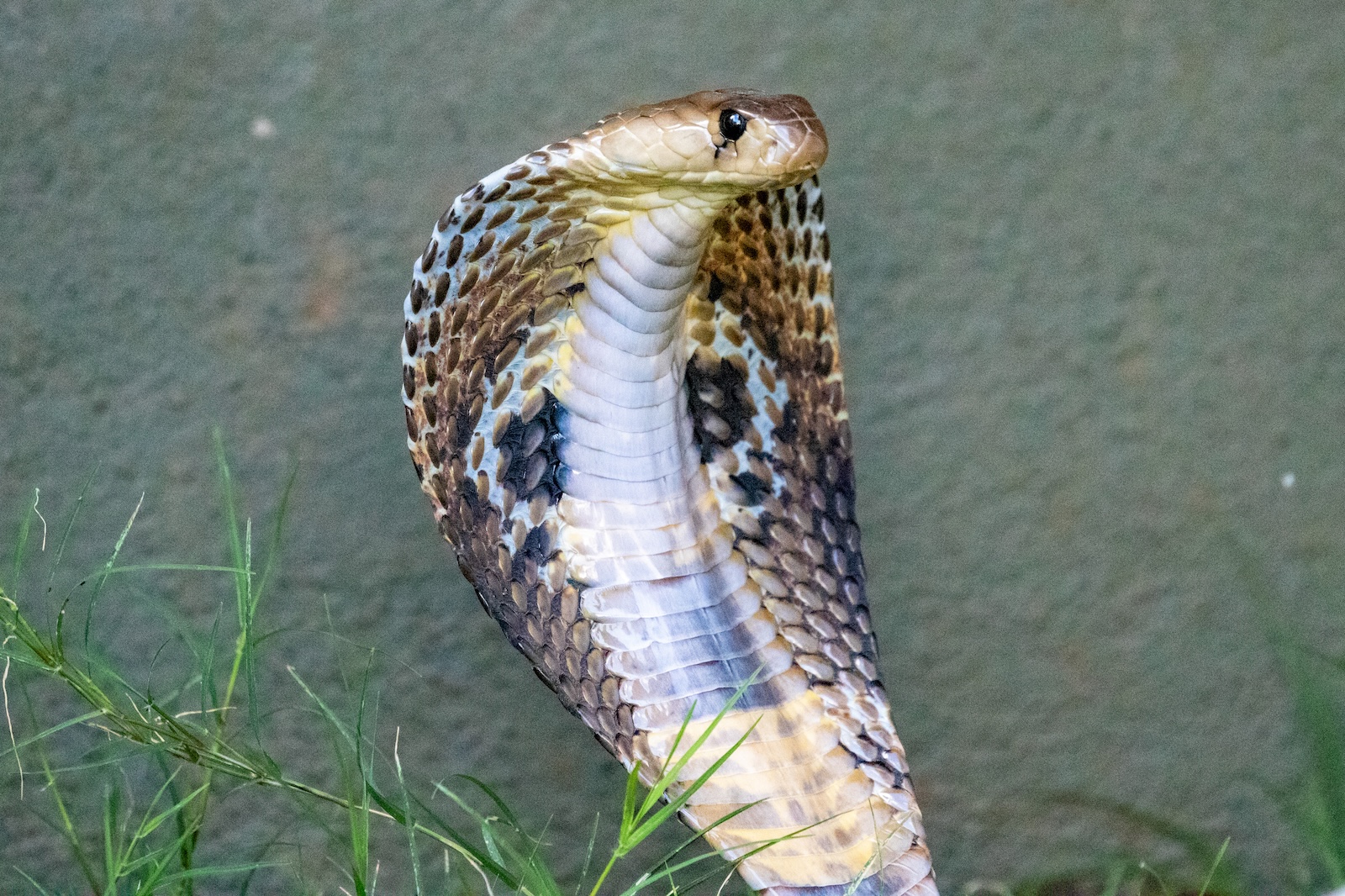Just as I sat down to enjoy my lunch, a call came in from a factory in Kumbalgodu, reminding me once again how unpredictable and demanding snake rescues can be. What initially seemed like a routine operation quickly turned into an hour-long adventure filled with challenges and adrenaline. As the saying goes, “all’s well that ends well,” but this rescue will undoubtedly stand out as one of the most difficult and nerve-wracking experiences I’ve ever faced.
The situation required me to descend nearly 25 feet into a narrow, cave-like passage, where I encountered a large Spectacled Cobra. With almost no space to maneuver, the rescue tested every ounce of my skill, patience, and courage. Despite the intense pressure, I was relieved that the cobra was safely rescued and released without harm to itself or anyone involved. However, such rescues take an emotional and physical toll. By the time I returned to my lunch, my hands were trembling uncontrollably, and my body felt as though I had just run a marathon.
This experience underscores the risks we willingly take out of sheer love and respect for nature and its inhabitants. Every rescue is a reminder of our commitment to coexisting with wildlife, even when it pushes us to our limits. The emotional and physical strain is immense, but the satisfaction of ensuring the safety of both humans and animals makes it all worthwhile.
Rescuing such a majestic yet dangerous creature is a testament to the dedication required to protect wildlife, even when it means putting ourselves at risk. It’s a reminder of the delicate balance we strive to maintain with nature and its incredible inhabitants.
Spectacled Cobra Fast Facts
- Venom: The Spectacled Cobra possesses potent neurotoxic venom, which can cause paralysis, respiratory failure, and even death if not treated promptly with antivenom.
- Distribution: Found throughout the Indian subcontinent, including India, Pakistan, Sri Lanka, and Bangladesh, they adapt to a variety of habitats, from forests to urban areas.
- Appearance: Named for the distinctive “spectacle” pattern on the back of its hood, this cobra can range in color from yellowish-brown to black. Adults typically grow to about 4-6 feet in length.
- Behavior: Known for their iconic hooding display when threatened, they are highly defensive and can deliver a quick, accurate bite. They are also capable of “spitting” venom at a target’s eyes from a distance.
- Diet: Primarily feeds on rodents, frogs, birds, and other small animals, playing a vital role in maintaining ecological balance by controlling pest populations.
- Reproduction: Spectacled Cobras are oviparous, meaning they lay eggs. A single clutch can contain 12-20 eggs, which are guarded by the female until they hatch.
- Lifespan: In the wild, they can live up to 20 years, depending on environmental conditions and threats.
- Cultural Significance: Revered in Indian mythology and culture, the Spectacled Cobra is often associated with deities like Lord Shiva and is a symbol of both fear and respect.
Rescue date: 17th January 2024.
For more such interesting facts and rescues by me, do subscribe to our newsletter now.




